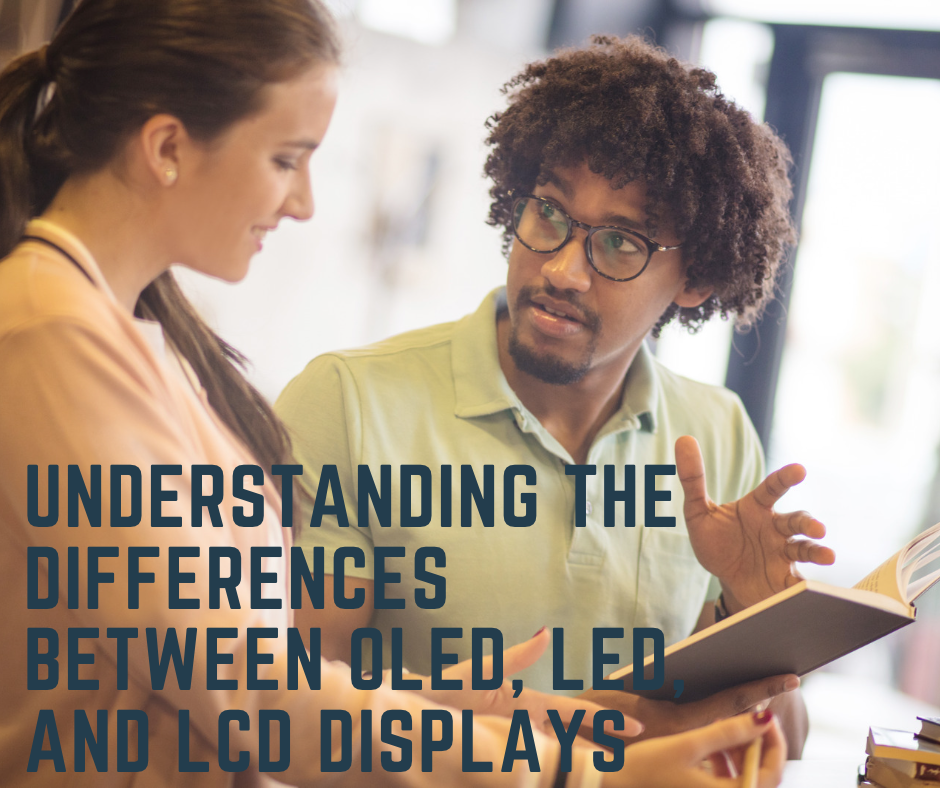When shopping for a new electronic device such as a television, computer monitor, or smartphone, one of the most important factors to consider is the display technology. There are three main types of display technology: OLED, LED, and LCD. In this blog post, we’ll explore the differences between these display technologies to help you make an informed decision when purchasing your next electronic device.
- OLED Displays: OLED displays are the latest and most advanced display technology. OLED stands for “organic light-emitting diode,” and these displays are made up of millions of tiny organic LEDs that emit their own light. This means that OLED displays can produce perfect blacks and extremely high contrast ratios. They also have a wider color gamut and better-viewing angles than LCD and LED displays. OLED displays are used in high-end smartphones and televisions.
- LED Displays: LED displays are a type of LCD display that uses LED backlighting instead of traditional fluorescent backlighting. LED displays are more energy-efficient and produce a brighter and more vivid image than traditional LCD displays. However, they can still suffer from limited viewing angles and poor contrast ratios. LED displays are used in mid-range and high-end televisions and computer monitors.
- LCD Displays: LCD displays are the most common and oldest display technology. LCD stands for “liquid crystal display,” and these displays use a backlight to illuminate the pixels on the screen. LCD displays are generally cheaper and more energy-efficient than OLED and LED displays, but they also have limited viewing angles and poor contrast ratios. LCD displays are commonly used in budget televisions and computer monitors.
In conclusion, OLED, LED, and LCD displays each have their own strengths and weaknesses. OLED displays offer perfect blacks, high contrast ratios, and wide viewing angles, but they are also the most expensive. LED displays offer bright and vivid images and are more energy-efficient than traditional LCD displays, but they still suffer from limited viewing angles and poor contrast ratios. LCD displays are the most common and cheapest display technology, but they also have limited viewing angles and poor contrast ratios. When choosing a new electronic device, consider your budget and the features you prioritize to determine which display technology is right for you.

